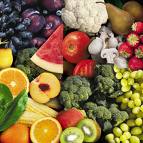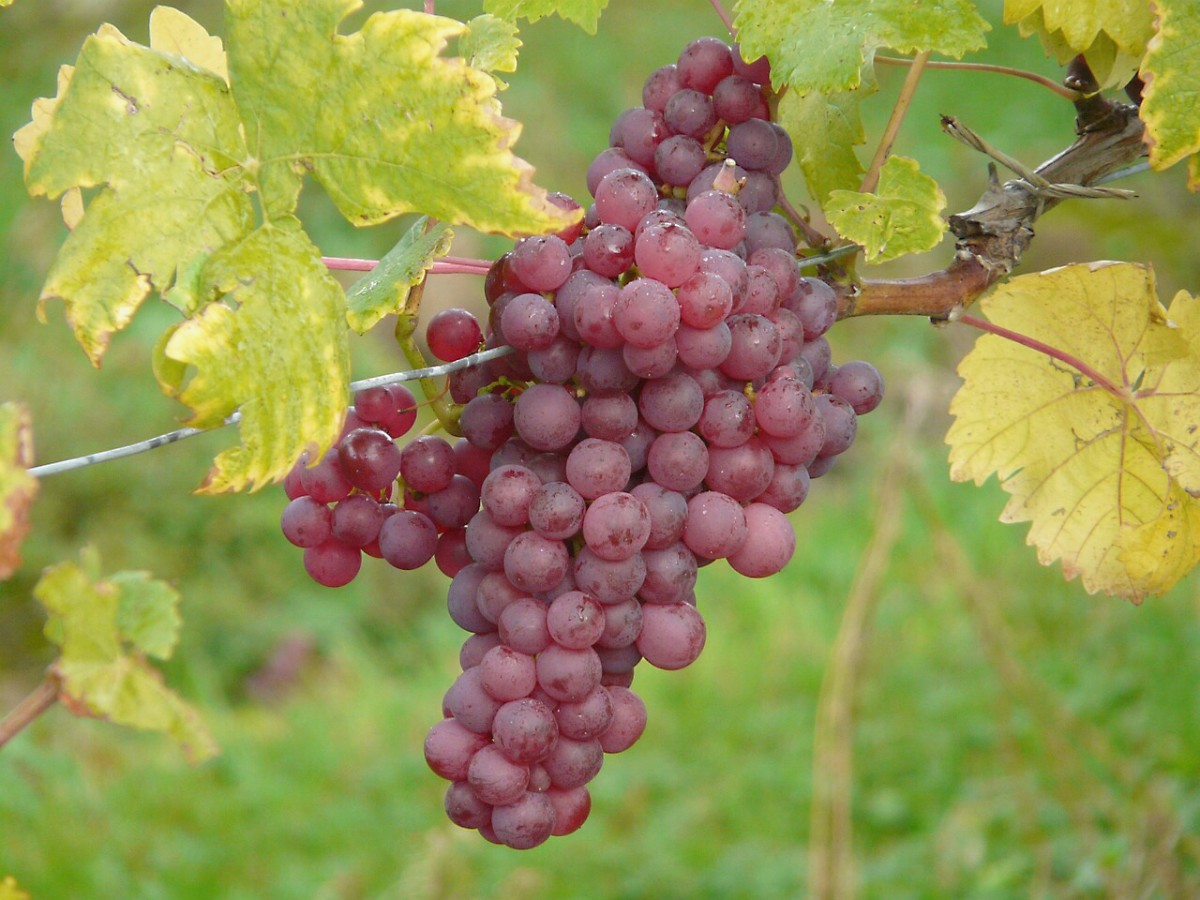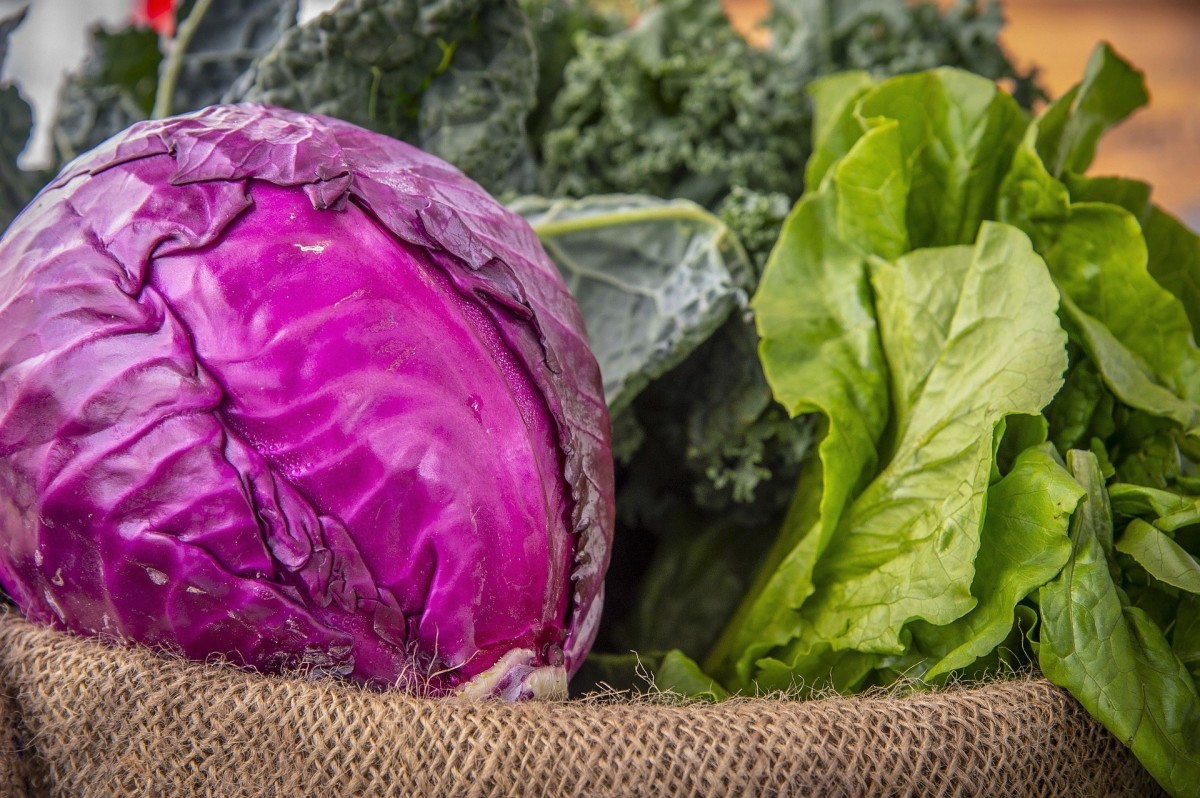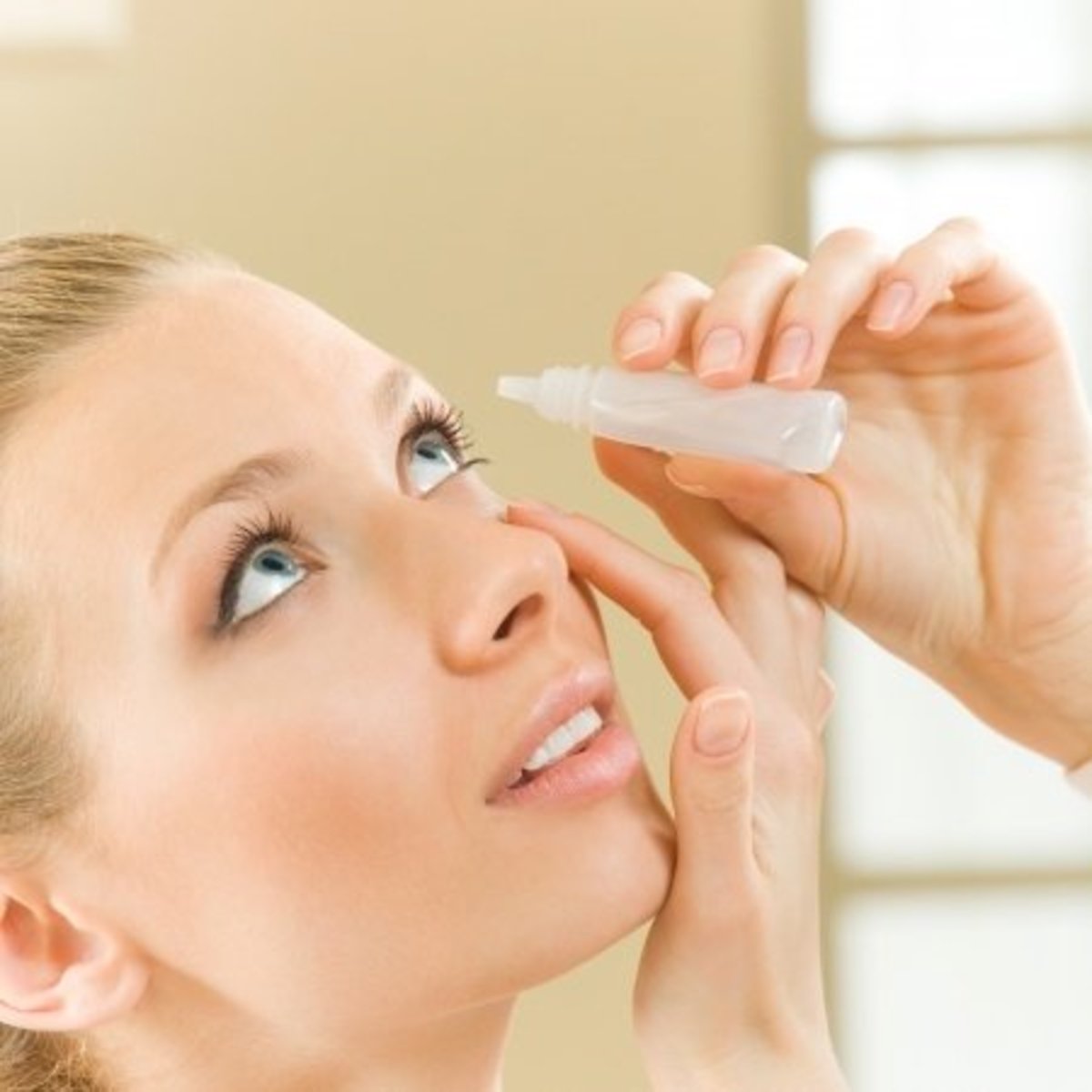Anthocyanins: Powerful Antioxidants to Promote Health
Copyright @ Angeline Oppenheimer
Most people use a color chart to pick color coordinates to decorate their homes. Women pick colors to accentuate their beauty and style. Why not use a color chart when picking out foods to maximize health benefits? Nature has endowed fruits, vegetables and flowers with striking shades of vibrant colors and for good reasons. These bright colors assist plant species in their pollination process and also to protect them from the harsh effects of ultra-violet rays. These pigments are the result of a group of biochemical compounds known as anthocyanins.

What are anthocyanins? They are a subset of a larger group of plant polyphenols, the flavonoids. Over 300 structurally distinct anthocyanins have been identified and they are responsible for such colors as red, orange, yellow, blue, purple or black. Next to chlorophyll, they are the most important group of plant pigments that are visible to the human eye. Some of the mentioned vegetables and fruits have pigments beneath the green chlorophyll like spinach, chard and cilantro.
Considerable evidences show that dietary anthocyanin pigments and polyphenols may have preventive and therapeutic roles in a number of human diseases. They are great antioxidants, scavenging the body for free radicals and crippling their capacity for cellular damage. They make natural anti-inflammatory agents: they combat the stresses of aging and improve cardiovascular and brain function. Many studies show they are good cancer-fighters as well.
Colors of Health
Shades of Blue
The power of blue is abundant in bilberry and blueberries. Bilberry is a wild species while we are more familiar with the cultivated blueberries. Researches have found that bilberry can enhance night vision as well as assist circulatory disorders, especially where fine capillaries are involved.
Most people spend tons of money on take anti-aging supplements and even more on anti-aging cream. What if you can eat your way to a younger you? Recent researches show blueberries can reverse the negative effects of aging. How? Researchers found that anthocyanins in blueberries showed most activity in penetrating cells and providing antioxidant protection. These findings have huge implications for those suffering from degenerative diseases such as Alzheimer’s disease and Parkinson’s disease, both associated with brain oxidation.
There is even more good news for those who enjoy blueberries: A recent study presented at the Experimental Biology 2009, cited that rats fed on blueberries had less abdominal fat, lower cholesterol, and improved glucose control and insulin sensitivity after 90 days.
Purple
Purple corn, eggplant, purple grapes—be sure to include some of these selections in your daily diet. Anthocyanins found in purple corn take the spot for being the most potent in inhibiting the growth of colon cancer cells with a whopping scale of G150 value of 14 micrograms per milliliter.
Anthocyanins found in eggplant contain a derivative of anthocyanin, which interferes with a dangerous form of oxidants in the body, protecting the body from oxidative damage.
What about the deep purple Acai berry? It has 30% more anthocyanins than red wine, without the alcohol. Various studies show that acai berry is useful in curtailing colon cancer, lower cholesterol, and preventing capillary damage. It also contains cyaniding 3-glucoside (an anthocyanin) that can reverse age-related neurological deficits.
Recently, the U.S. Department of Agriculture tested the various capacities of different berries to protect against oxidative damage and blackberries took the prize with the highest level of anthocyanins.
Red, Orange and Yellow Pigments
This warm side of the color spectrum falls under a broad category of pigments called the carotenoids. They are powerful health guardians, reported to offer cancer protection, improve brain function and promote heart health.
Red
Love a splash of red to bring out the color of your lips? Red is the color of health with a wide selection of fruits and vegetables from red cabbage to little red goji berries. Resveratrol, the pigment found in grape skin is all the rage now; with claims from turning back the clock to preventing cardiovascular diseases.
If you see goji berries popping up in health stores in the form of snacks or toss into trail mix, here is the reason. The petite goji berries are rich in two specific carotenoids, namely, beta-carotene and zeaxanthin. Zeaxanthin (also found in citrus fruits) plays a crucial role in protecting the retina of the eye by absorbing blue light and acting as an antioxidant. This superfood, long used by the Chinese, Tibetans and Indians are also known to decrease risks of developing age-related macular degeneration, a leading cause of blindness in people over 65.
Rosy tomatoes don’t just make good salads and the indispensible spaghetti sauce, they make healthy treats. Their secret health pigment? Lycopene. This red pigment fights prostate cancer and cardiovascular diseases. A report from the College of Agriculture and Natural Resources suggests that Lycopene may benefit bone health and improve fertility in men.
Take your pick: red apples, cranberries, raspberries, strawberries, cherries.
Orange and Yellow
From oranges to pumpkin to the common carrots, the orange pigment is full of carotenoids. For instance, carrots contain alpha-carotene, also found in winter squash, green beans, cilantro and Swiss chard, that can protect cells against the damaging effects of free radicals, boosts the immune system and can be readily converted to Vitamin A.
Other delights like peaches and apricots contain another famous carotenoid, Beta-cryptoxanthin, a powerful antioxidant. Researches reveal that beta-cryptoxanthin may reduce risks of lung cancer and inflammatory polyarthritis.
Enjoy nature’s colorful selection of fruits and vegetables. Eat from a wide spectrum and stay in the pink of health.
>
Read also:
Magic of Goji Berries : http://healthbitsntips.wordpress.com/2009/07/09/anthocyanins-the-secret-to-goji-berries/
How to make longevity smoothie using using fruits with anthocyanins and more:
http://hubpages.com/hub/Longevity_Smoothie
Blueberry May Banish Belly Fat: http://www.webmd.com/heart/news/20090419/blueberries-may-banish-belly-fat
Why small sized fruits may be better : http://www.webmd.com/food-recipes/features/natures-bounty-booty-marks
Easy ways to eat 5 fruits and veggies a day: http://www.askmen.com/sports/foodcourt_250/265_easy-ways-to-eat-five-fruits-and-veggies-a-day.html
Cherry: Nature's Pain Killer? http://angeline-oppenheimer.blogspot.com/2010/01/cherry-natures-pain-killer.html









